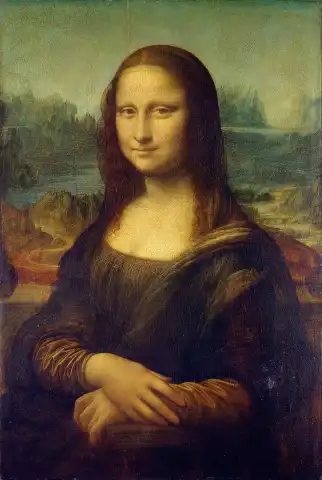

Hand painted reproductions of Albert Bloch
Albert Bloch: Bridging Expressionism and American Modern Art
Early Life and Artistic Development
Born in 1882 in St. Louis, Missouri, Albert Bloch was an American painter and writer whose career was marked by a deep connection to the German Expressionist movement. His early interest in art led him to study at the St. Louis School of Fine Arts, where he honed his skills in drawing and painting. Bloch initially worked as an illustrator and caricaturist, contributing to publications such as The Mirror, a St. Louis-based weekly.
In 1909, Bloch traveled to Europe, eventually settling in Munich. It was here that he joined Der Blaue Reiter (The Blue Rider), an influential group of Expressionist artists led by Wassily Kandinsky and Franz Marc. Bloch was the only American member of this movement, and his work during this period was heavily influenced by the bold colors, emotional intensity, and abstract tendencies of Expressionism.
Key Works and Signature Style
Albert Bloch’s notable works include The Green Domino (1912) and The Two Sisters (1913), which exemplify his use of vivid color, dynamic composition, and emotional depth. His paintings often explore themes of spirituality, the human condition, and nature, reflecting both his European experiences and his American roots.
Bloch's style evolved over time, incorporating elements of abstraction while maintaining a focus on symbolic and allegorical content. His works are characterized by their rich textures, harmonious palettes, and the interplay of light and shadow, which evoke a sense of mystery and introspection.
Technique and Artistic Innovations
Bloch’s technique combined the expressive brushwork of German Expressionism with a uniquely personal vision. He frequently employed oil on canvas, layering colors to create depth and vibrancy. His compositions often featured symbolic figures and dreamlike landscapes, blending realism with abstraction.
One of Bloch’s innovative approaches was his integration of literary and philosophical themes into his art. His background as a writer informed his visual storytelling, resulting in works that invite viewers to engage with multiple layers of meaning.
Legacy and Enduring Influence
Albert Bloch’s contributions to the art world are significant, particularly as a bridge between European Expressionism and American modernism. His time with Der Blaue Reiter established him as a key figure in the early 20th-century avant-garde, while his later works continued to push boundaries in the United States.
Bloch’s influence can be seen in the continued exploration of emotional and spiritual themes in contemporary art. His legacy is preserved through exhibitions and collections in major museums, as well as his impact on future generations of American artists.
Where to Buy Reproductions of Albert Bloch’s Work
Discover the emotive power of Albert Bloch’s art with our handmade oil painting reproductions. Whether you admire the bold Expressionist colors of The Green Domino or the allegorical richness of The Two Sisters, our museum-quality reproductions are crafted to capture every detail of Bloch’s vision. Perfect for collectors and art enthusiasts, these pieces bring the spirit of Der Blaue Reiter into your home.
Imagine owning an original work of art by Albert Bloch, one of the greatest artists in history. At POD we offer you the opportunity to make this dream come true. We reproduce Albert Bloch's works down to the smallest detail, so you can enjoy them in your own home.
Our reproductions are made by experienced artists who use the best materials and techniques. We are dedicated to providing you with the highest quality works of art, which will bring joy and inspiration to your family for generations.







